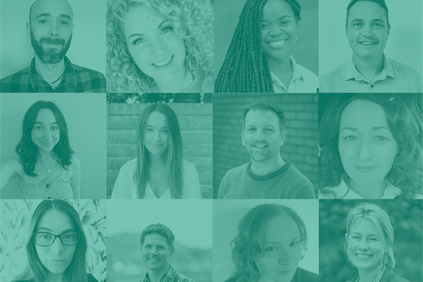We’ve published new guidance on designing user-centred services as part of the growing Service Manual for Wales.
It’s a practical step towards building public services that are simpler, fairer and work better for the people who use them. The guidance is for anyone designing, building, delivering or improving services in Wales, whether you’re in a digital team, policy team or frontline role.
It complements our content on researching your users and testing your service and supports the Digital Service Standard for Wales.
More content is coming soon, including guidance on delivering services in an agile way and using the right technology.
Why user-centred design matters in Wales
Welsh public services are here for everyone.
But they don’t always work for everyone, especially people facing language, digital or access barriers.
Designing around real user needs helps teams:
- make services more accessible and inclusive in both Welsh and English
- meet legal duties and goals like Cymraeg 2050
- deliver policy in ways that work in practice
- use public resources more effectively
User-centred design doesn’t solve every problem. But it helps us focus on what matters, and do it better.
By observing, listening and involving users, we can better understand their behaviours, pain points, needs and goals.
That results in services that are simpler, fairer and easier to use, especially for people who are often excluded.
Learn more about user-centred design in the Welsh public sector.
What’s in the new guidance
We know the conditions teams are working in: limited time, uneven digital maturity, and the need to work across organisational boundaries.
This guidance is designed to support teams in those realities. It includes:
- what user-centred design means in the Welsh context
- how to take a flexible, mindset-led approach
- practical activities and tools you can use with your team
- links to trusted resources and real examples from Wales and beyond
You don’t need to be a designer to use it. You just need to care about making services better, and be open to listening, testing and learning.
How we developed it
This work builds on earlier collaboration with the User Research in Wales community of practice, who helped shape our first piece of guidance on researching and testing services. That work focused on conducting research with Welsh-language users.
We also reviewed existing guidance from across the UK and beyond, including GOV.WALES, GOV.UK and other service manuals, and brought in insights from our discovery and design work at CDPS.
To shape this section, we ran a full-day workshop with user-centred design practitioners across CDPS. We tested ideas and early drafts, challenged assumptions, and built a clearer picture of what teams need.
One of the tensions we had to navigate was how to signpost existing guidance while acknowledging that much of it isn’t designed for the Welsh context. Team structures, capability and maturity can vary widely, and there are gaps, particularly around designing bilingual services.
This new content aims to reflect those differences and begin to fill those gaps. We kept the language practical, usable and welcoming, so whether you’re leading a project or starting out, this is for you.
Read how we launched the Minimum Viable Product of the Service Manual.
What’s next
We don’t see the Service Manual as something you read end to end but something you use in practice - a tool to help you plan research, shape services or coach your team.
To support that, we’re now considering:
- developing a hands-on workshop: building on our service patterns work and ‘learn by making’ approach. We’re designing a session we can bring into organisations, tailored to different teams, with practical exercises to help apply the guidance and reflect on your own service, and test, adapt and learn together
- setting up a steering group: a group of partners to act as a sounding board and help guide the direction and priorities of the Service Manual
- working with communities of practice: so the Manual can become something shared and co-owned by the people designing and delivering public services in Wales.
If you’d like to help shape the next phase or host a session in your organisation, we’d love to hear from you.
Get involved
This guidance is just the start. We want to improve it with the people who use it.
If you’d like to share feedback or examples, help shape future guidance, or bring a workshop to your organisation:
You can also join the conversation in our Communities of Practice.
